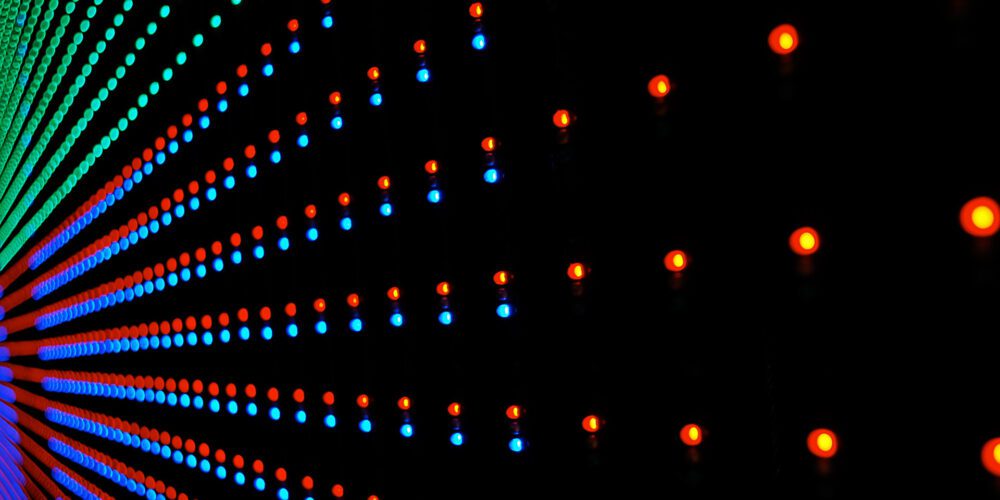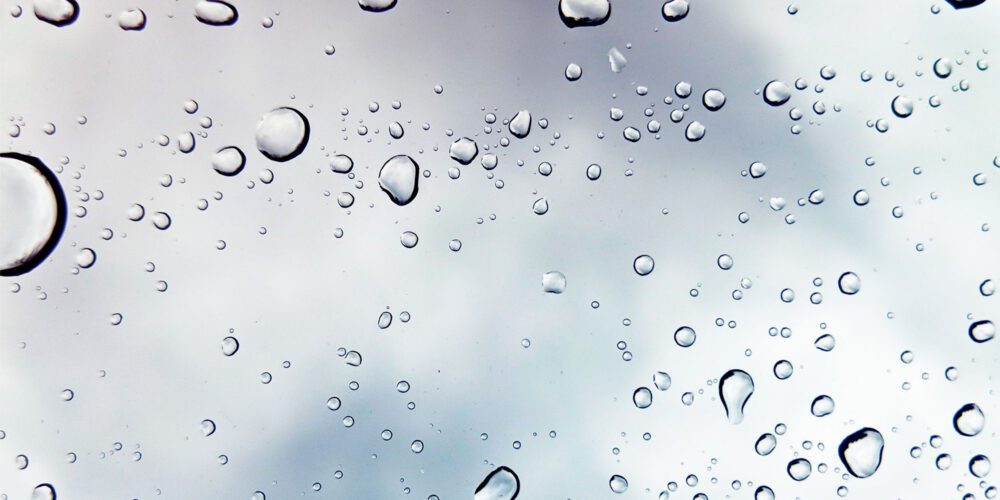‘Dust’ and ‘soot’ contributed to extinction of species millions of years ago

New collaborative research involving Curtin University has found that organic materials such as soot released from an asteroid impact more than 66 million years ago played an important role in the significant Earth event known as ‘impact winter’, which caused the mass extinction of more than 76 per cent of species including the non-avian dinosaurs.
The research, published recently in the journal PNAS and led by PhD scholar Shelby Lyons from the Pennsylvania State University in the United States, analysed burn markers from the boundary of the impact site of the Chicxulub Crater in the Yucatán Peninsula in the southern Gulf of Mexico and the surrounding ocean to determine what caused ‘impact winter’ – a prolonged period of cold and dark conditions.
Co-author John Curtin Distinguished Professor Kliti Grice, from Curtin’s School of Earth and Planetary Sciences, said the source of burn markers and whether they were caused by wildfires or rock carbon directly affects our understanding of the consequences of the impact that happened 66 million years ago.
“When the impact occurred, the target rock was heated, vaporised and ejected, releasing sulphate aerosols, dust and possibly soot from the impact site,” Professor Grice said.
“Our team was able to show that polycyclic aromatic hydrocarbons (PAHs), together with these organic materials, initiated an impact winter and global darkening that caused mass extinction of multiple species including dinosaurs.”
Dr Lyons said that the cause of the burn markers have been debated for more than 30 years, as some researchers believed they were caused by wildfires which were ignited by the impact of the crash.
“The team instead found that the wildfires were less influential on immediate global climate and mass extinction than previously suggested,” Dr Lyons said.
The research team involved a collaboration of three female PhD scholars between Curtin University in Perth, Australia and Pennsylvania State University in the United States
The full paper, ‘Organic matter from the Chicxulub Crater exacerbated with K-Pg impact winter,” can be found online here.



